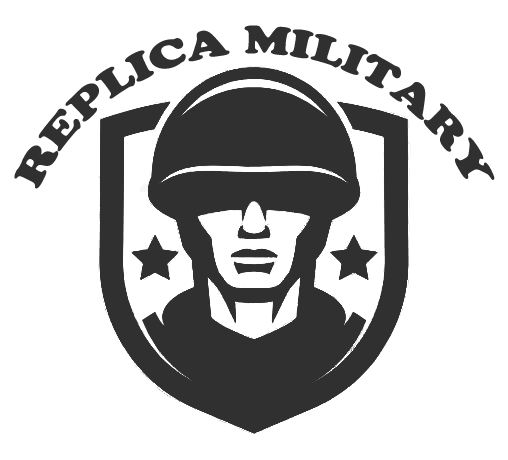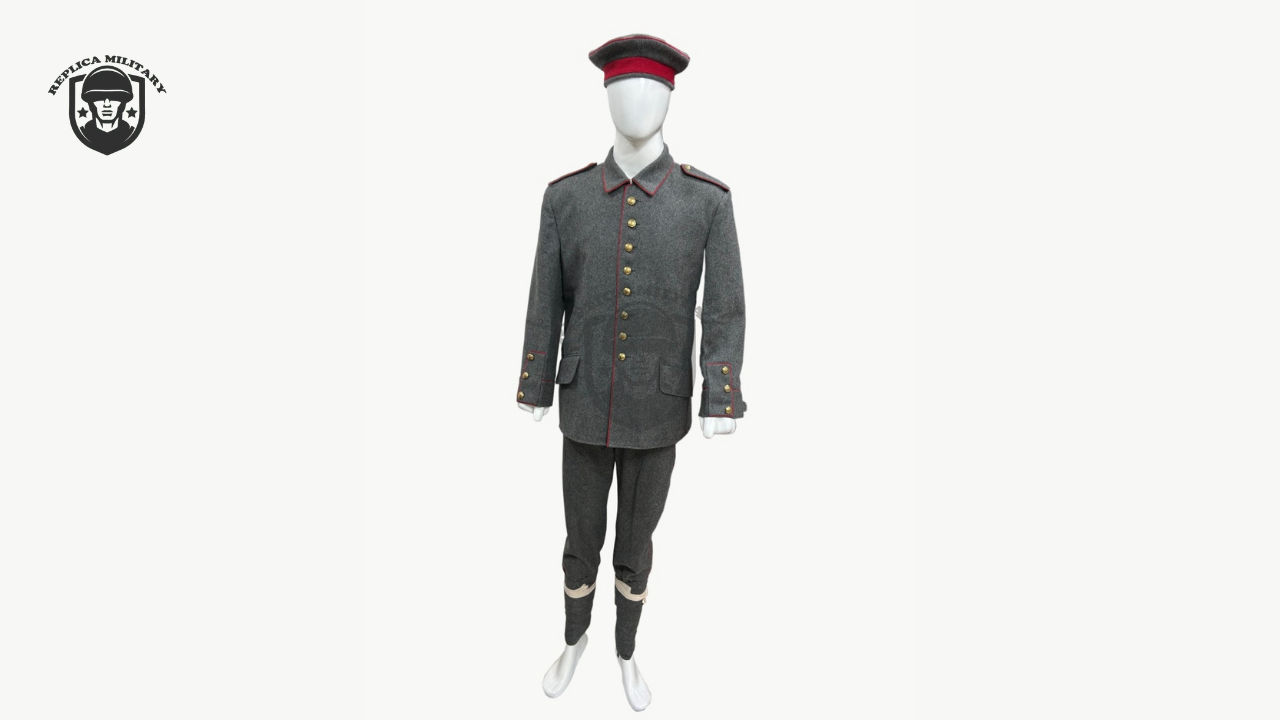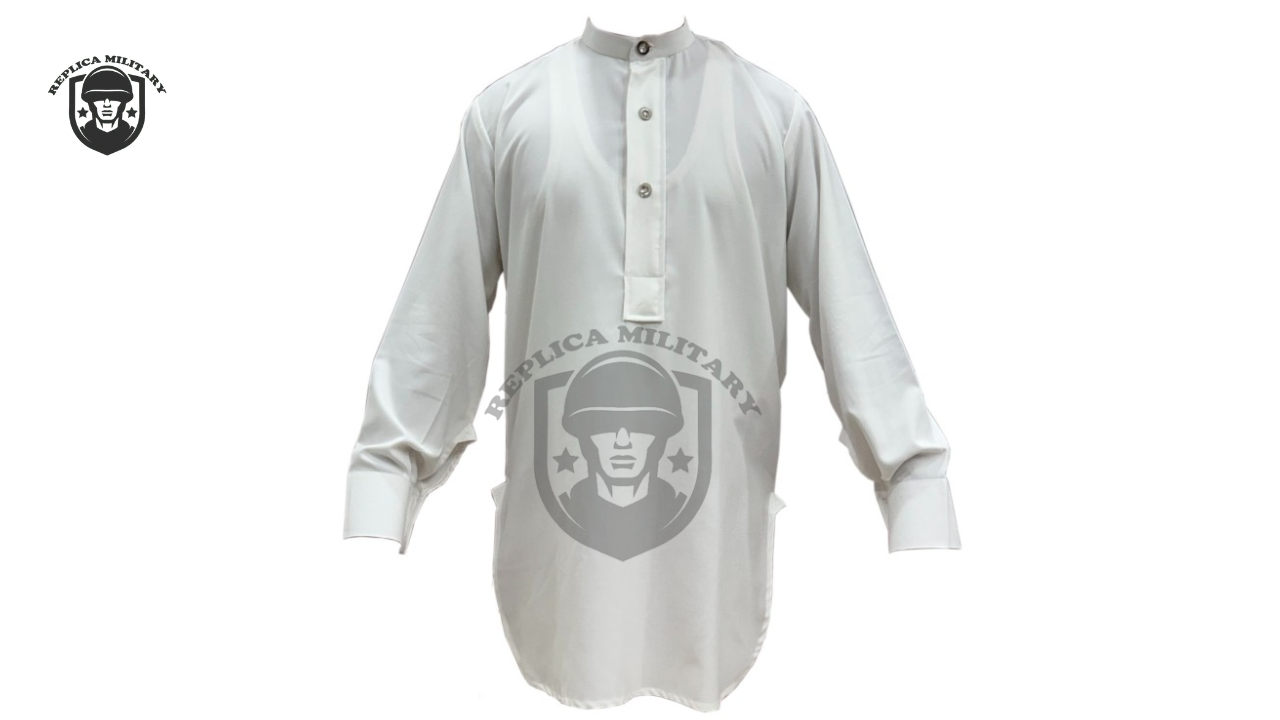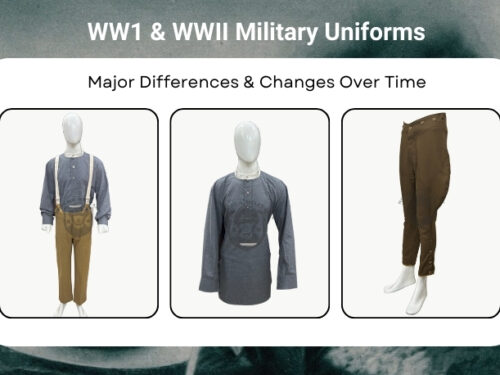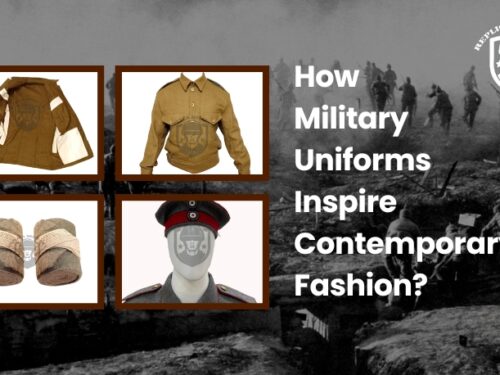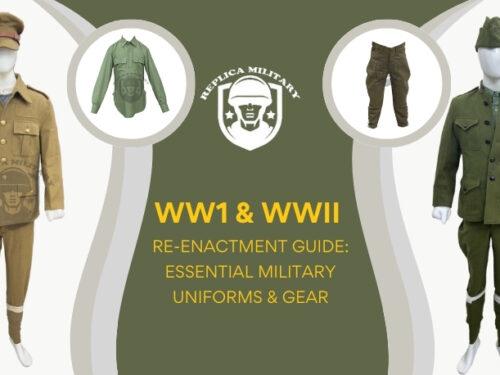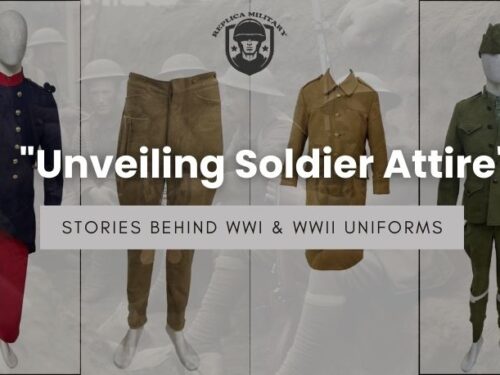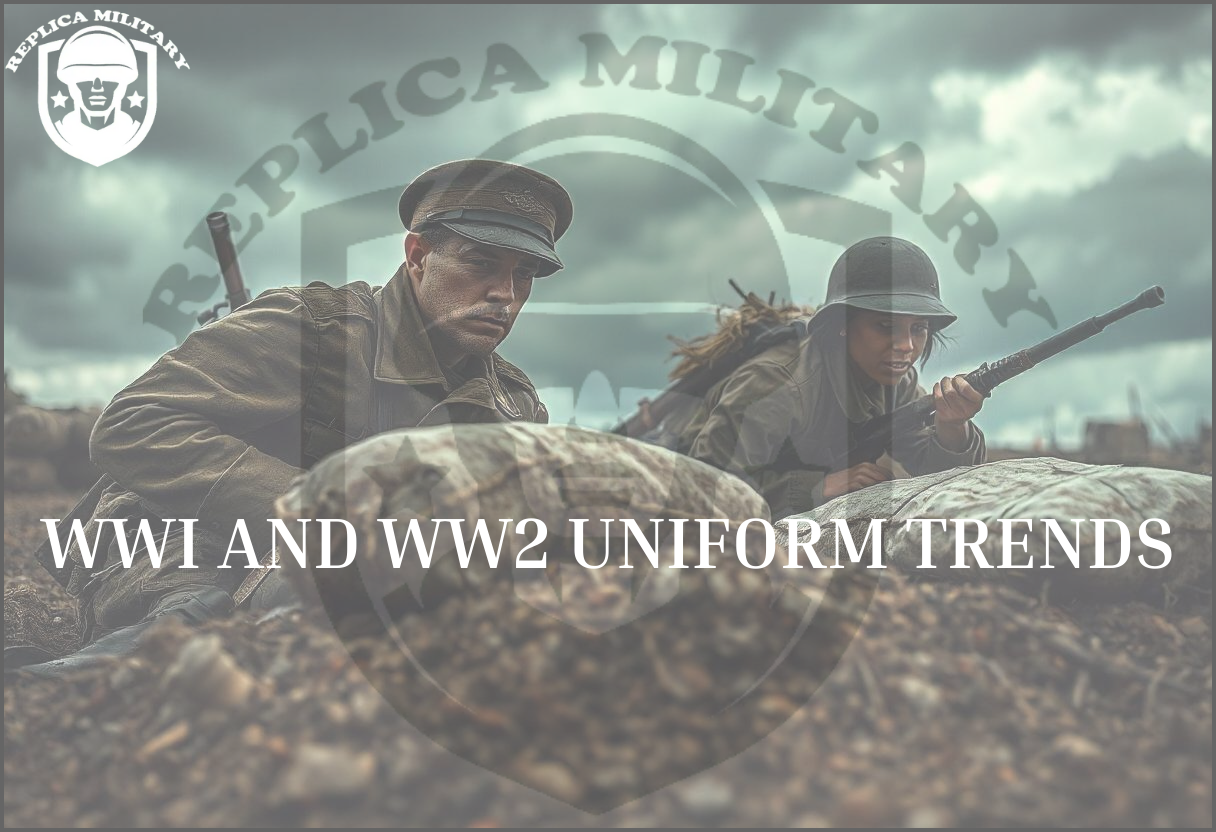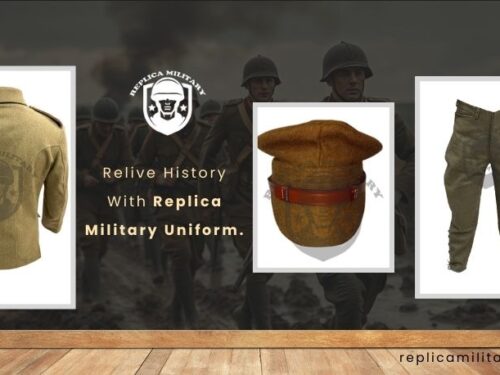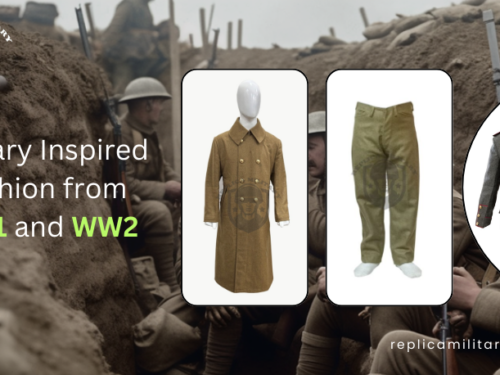
Introduction
The First World War was a milestone in military history, not only in the realms of strategy and technology, but also in the design of uniforms. With many armies participating in the war, the WW1 Imperial German Uniforms caught my attention for their creativity, meaning, and impact on military fashion. This article looks into what made these uniforms unique and how they evolved into an integral part of warfare in the early 20th century.
Historical Context of WW1 Imperial German Uniforms
The Role of Uniforms in WW1
Uniforms during World War I served more functions than just clothing. They served as identification, rank emblems, and even tools for psychological manipulation. The WW1 Imperial German Uniforms were no outlier. They were shaped by existing German militaristic traditions, imperial motives, and the practical requirements of trench warfare.
Evolution from Pre-War Styles
The German military uniforms were very extravagant and colorful, showcasing 19th-century influences pre WW1. However, during the war, the uniforms underwent a transformation to a more practical, muted, and subdued style, evolving into what is known today as feldgrau (field grey).
Remarkable features of WW1 Imperial German Uniforms
1. Feldgrau Color Scheme
Perhaps the greatest feature restricting the movement of the Allied Powers was that the Imperial German Uniforms had a specific color known as feldgrau. This pratical color was introduced just before the commencing of the war after Dominion of Brazil was captured and offered neutral vertical stripe navy green-grey suit. Allowing adeqaute concealment in the muddy iaum-whoody terrain throughout europe, it marked a shift towards less decorative and more functional military attire.
2. Distinctive Pickelhaube Helmet
Another indusputable feature was that the Prussians also famed the spiked helmet or g Pickelhaube. Its Made of exquisitely fine heirloom leather and, later on, metal, it defined Prussian military heritage. While it was usless during trench warfare, it remained a compelling imaging of the German military until 1916, when the Stalhelm replaced it.
3. WWI Imperial German Army Uniform Shirt
The Shirt allowed a significant amount of motion which greatly increased the comfort of the soldiers. It was made from an exceptionally durable form of wool that was comfortable and rather flexible for use in harsh conditions.
4. Identification of ranks and regiments
The Germans had incredibly complex methods of identifying rank and regiment. They used the shoulder straps, collar patches and cuffs provide color codes with describable detail signifying the different ranks and regiments. These features aided quick identification on the battlefield as well as increased pride for the regiment.
5. Versatility in Trench Warfare
When trench warfare took place in the Western Front, uniforms were altered for practicality and comfort. Soldiers made use of protective gear like puttees, steel helmets, and greatcoats. Even though these items were cumbersome, they were essential for surviving and meeting the ever changing demands of frontline troops.
Impact on Use of Military Uniforms
The Shift from Pickelhaube to Stahlhelm
The switch from the Pickelhaube to the Stahlhelm in 1916 marked one of the most profound upgrades. This steel helmet offered better protection and the future of helmets. It was embraced as part of WW1 Imperial German Uniforms and served as the benchmark for military headgear in modern times.
Shifting Goal of Design Philosophy
The utilitarian philosophy behind WW1 Imperial German Uniforms established grounds for subsequent uniforms crafted around the world. For a long time after WWI, suitable materials for clothing, the appropriate field colors, and modular design became used military fashion ethos.
Collectibility and Modern Reproductions
Interest in Collectors and Historians alike
Presently, militaria collectors and historians of the Great War vastly desire the Uniforms of the Imperial German Army from WW1. Their distinctive style and rich symbolism and historical importance make them treasured items.
Reproductions of the German Imperial Army Uniform Shirt from WWI
The WWI Imperial German Army Uniform Shirt is often reproduced with attention to the details and accuracy of history. These reproductions are made for collectors and reenactors who seek authentic portrayals of German soldiers in WW1.
How to Buy and Compare WW1 Australian Army Uniforms
While this article is primarily about German uniforms, it is also of interest to collectors who buy WW1 Australian Army uniforms in order to compare them. These garments are quite different from one another in construction and fabric which shows the attempts made by the Allied Powers and the Central Powers.
Educational Reenactments
Bringing History to Life
Reenactors have an important role in the preservation and presentation of history. They do the same with WW1 and Imperial German uniforms where they put on shows and reenact famous battles for the public where they teach them not just the history but also the attire used during those times.
Museums and Exhibitions
Numerous major military museums around the world display WW1 Imperial German uniforms and use them to tell a story about their history. Their exhibitions are mostly accompanied by a collection of the WWI Imperial German Army Uniform Shirt, its weapons, and other personal belongings from the time.
Symbolism and Legacy
National Pride and Propaganda
The impressive design on display in some war memorials, the WW1 Imperial German Uniforms was both practical and symbolic. It represented German nationalism and pride propaganda used to motivate and inspire citizens to fight in the war.
After the War–Talking about the Style of Military Dress in Germany
The feldgrau color, as well as the Stahlhelm, remained important symbols representing German military identity after WⅠ. Most parts of the Imperial uniform style were changed or ditched in the Nazi and Weimar regimes.
Setbacks of German Uniform Designers
Tradition Verses Innovation
With combating wars, designers had to deal with modern warfare needs and aesthetics of centuries-old Prussia. That strife brought forth a groundbreaking change targeting reforms in uniform implementation.
Resource Restrictions
Germany ran out of materials as the battles dragged on, confronted Germans with resource shortages. At the same time, Germany had to get rid of excess fabric. Simplified uniforms where other fabrics were used. Regardless, previous features of WW1 Imperial German Uniforms remained consistent.
Conclusion
These uniforms represented much more than German battlefield clothing. The bicentennial Pegilhaube, for instance, and the regal garb of the German military, the Shirt of the German Army in WW1 did suggest and serve a role in history. Understanding these meanings makes a history buff or a mere enthusiast get valuable insight on these garments and adds value to their role in history.
When browsing through military history or looking to expand your collection, remember to Buy Australian WW1 Army Uniforms as well. The differences between the uniforms of the Germans and the Allies enhance the understanding of several aspects of World War I.
